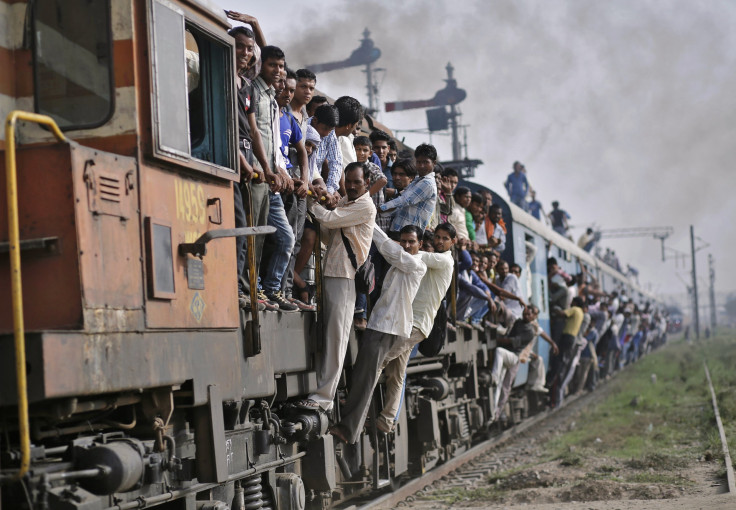India To Spend Over $130B To Transform Aging Railway Network Over Next 5 Years

NEW DELHI -- India on Thursday said that it will invest 8.5 trillion rupees ($133 billion) over the next five years to “transform” state-owned Indian Railways. The country's aging train system is the fourth largest in the world and employs nearly 1.5 million people.
Presenting the Narendra Modi administration's second railway budget, India’s railway minister Suresh Prabhu said that Indian Railways will raise the funds through special purpose vehicles, public-private partnerships, an infrastructure fund and a holding company for long-term debt financing. Prabhu, in his budget speech, pointed to the gargantuan organization's failure to improve over time, and identified this as the main reason for "the vicious cycle of under-investment.” However, he did not lay special emphasis on foreign investment -- something that the Indian government has been looking to attract -- to the company.
“In the next five years, our priority will be to significantly improve capacity on the existing high-density networks. Improving capacity on existing networks is cheaper. There are no major land acquisition issues and completion time is shorter. The emphasis will be on gauge conversion, doubling, tripling and electrification. Average speed will increase. Trains will become more punctual," he said, outlining his priorities.
Modi described the railway budget, which comes just two days before the general federal budget, as a “watershed” moment for the organization, and said that Prabhu had presented a futuristic and passenger-focused budget plan.
This year alone, India plans to spend nearly 1 trillion rupees, or about $16 billion, on 77 new infrastructure projects, that Modi and Prabhu hope will improve the condition of a network that was first laid by the British who ruled the Indian subcontinent until 1947, and is now severely over-utilized. While about 40 percent of the $16 billion initial outlay is expected to come from the federal government’s budget, the rest would come from debt financing,
Prabhu’s plan pivots on the Indian Railways becoming more financially sustainable and stable. For the last several years, the organization's finances have been in decline either because of bad fiscal management or because of unprofitable, populist measures adopted by successive governments. At the same time, Indian Railways has also struggled with several big-ticket projects, including the manufacture of diesel and electric locomotives for which top global companies have been vying. However, Prabhu did not propose raising passenger fares and predicted an increase of about 16 percent in revenues from increased passenger traffic. Instead, he proposed raising freight rates on several commodities as freight is the Indian Railways’ cash cow and brings in the bulk of its revenues.
The budget was mostly well received by Indian industry. Chandrajit Banerjee, head of the Confederation of Indian Industry, a lobbying group, called it "pragmatic and result-oriented," and capable of addressing the four big goals of "improving customer experience, ensuring safety, effecting capacity expansion and making railways financially sustainable."
Hemant Kanoria, head of Srei Infrastructure Finance Limited, lauded Prabhu's "candid admission that the previous schemes for attracting private investment have not quite worked," and "his positive intent on getting things moving."
© Copyright IBTimes 2024. All rights reserved.





















